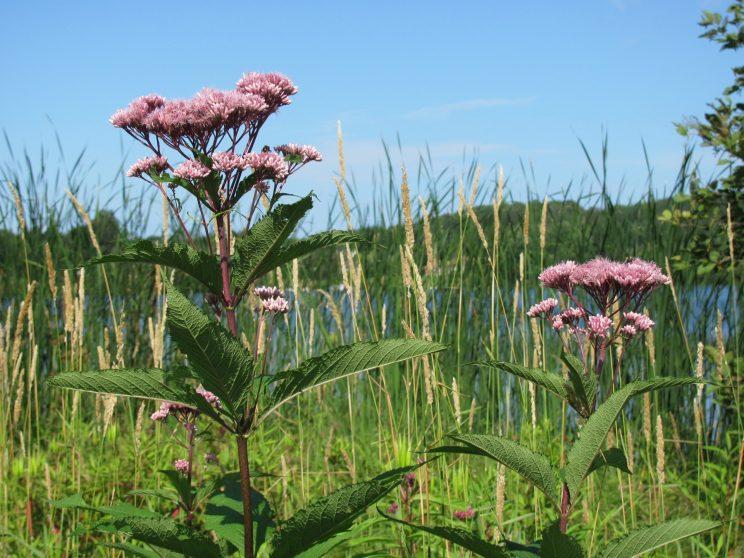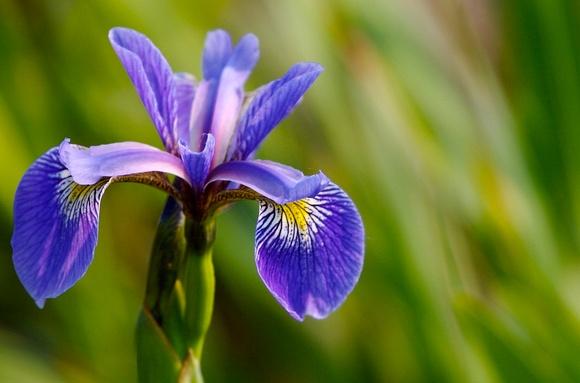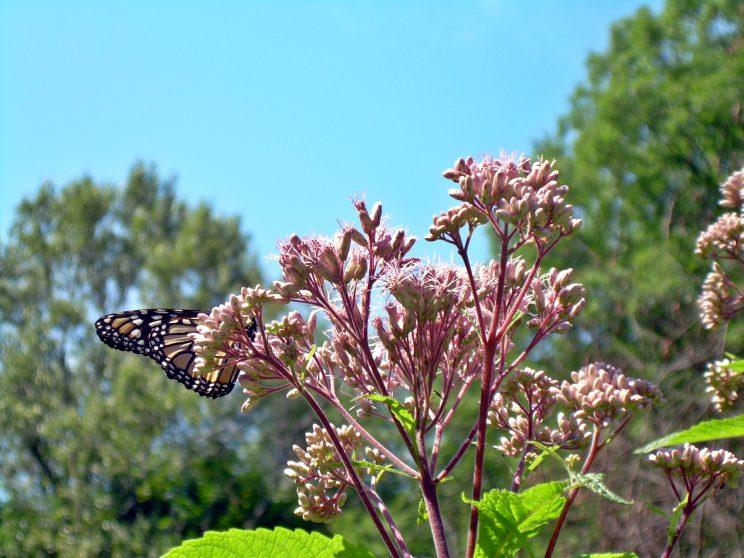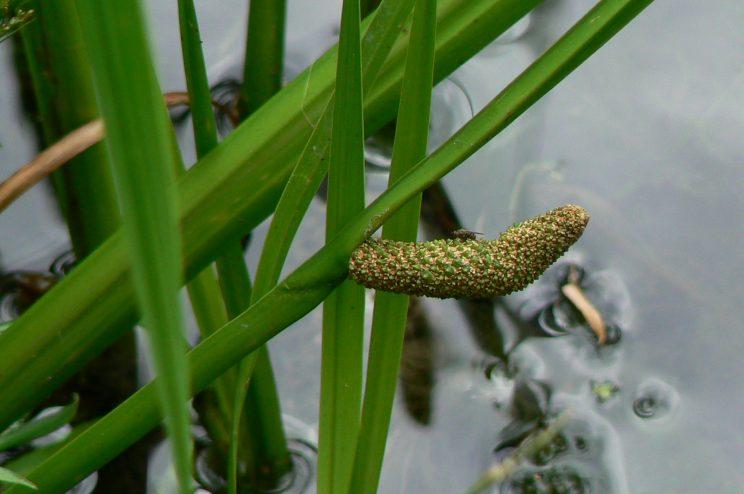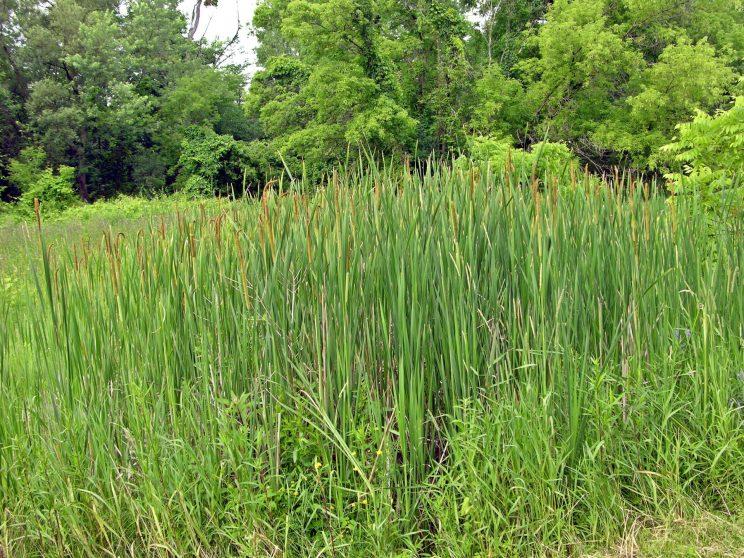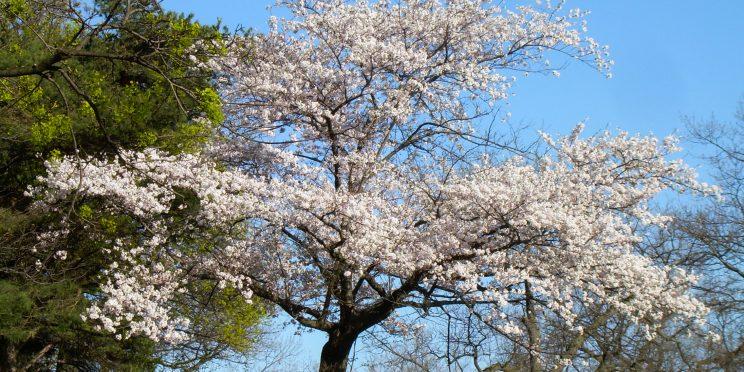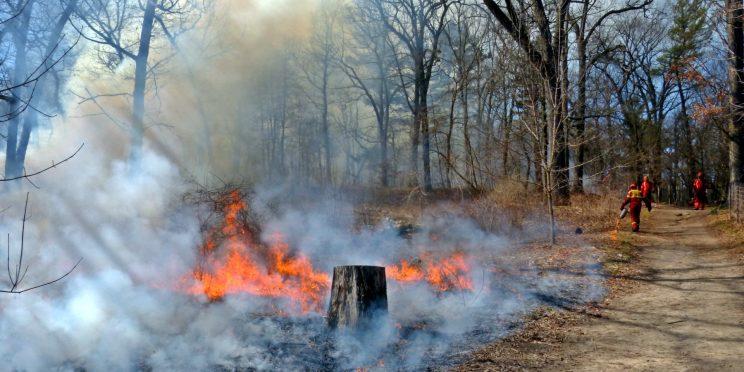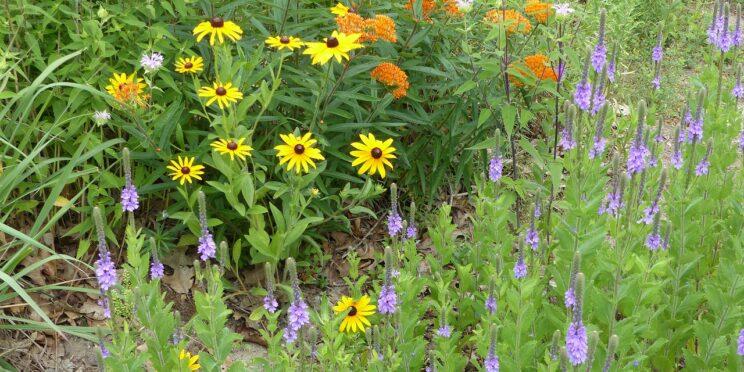Wetland plants of High Park
Aquatic plants, called macrophytes, provide numerous ecosystem services including but not limited to improving water quality, providing habitat, food source (seeds, roots, rhizomes, vegetative growth) for birds and other local fauna, nectar source for pollinators and nutrient cycling.

Macrophytes play an important role in protecting edges and shorelines from erosion as root systems effectively anchor the soil in place while the vegetative growth intercepts energy form waves and currents that would otherwise destabilize shorelines and stream banks. They are highly valuable in wetlands, supplying cover for fish, a substrate for aquatic invertebrates and producing oxygen through photosynthesis.
At High Park, several notable wetland plant species are present including Sweetflag (Acorus calamus), Broad-leaved cattail (Typha latifolia), Common arrowhead (Sagittaria latifolia) and Blue-Flag iris (Iris versicolor). Macrophytes are classified as emergent, submergent or floating.
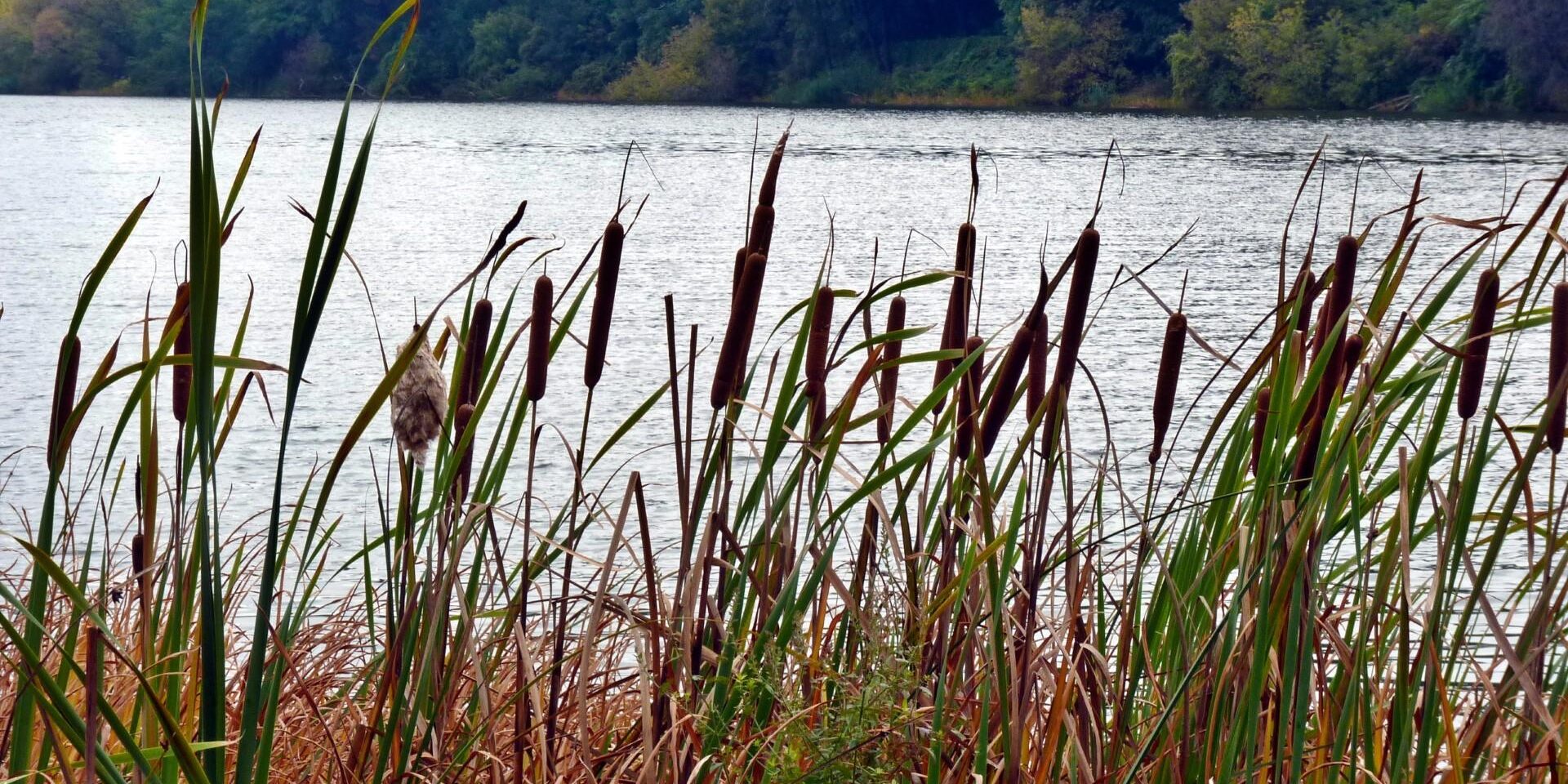
For healthy macrophyte populations, High Park users should try to avoid disturbance to the Pond’s edges such as trampling, thereby compacting soils and encouraging colonization of the invasive Phragmites (Phragmites australis).

